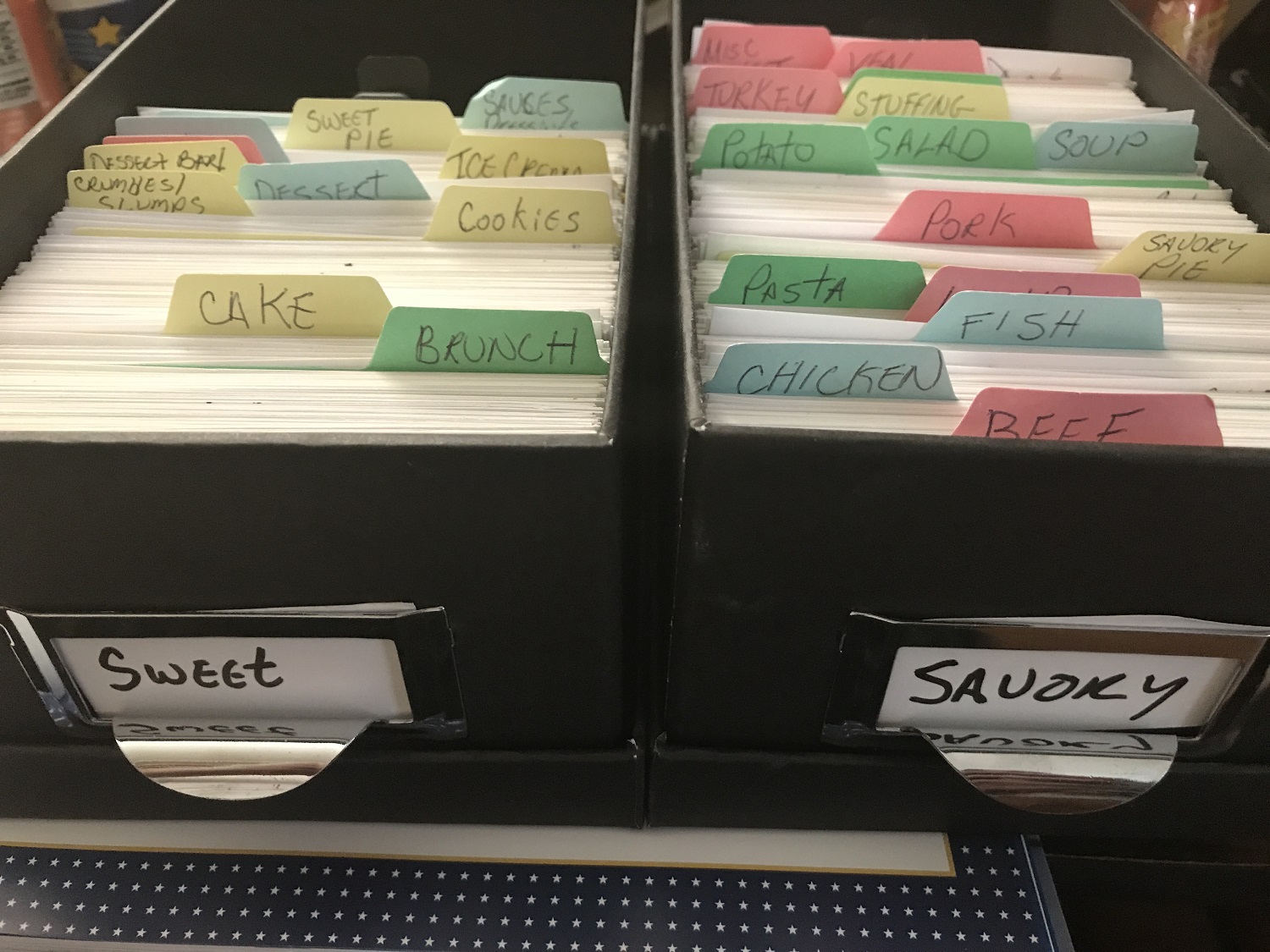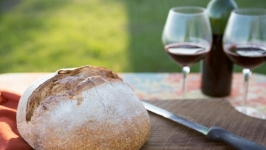Where have all the Pizza Rustica and Pizza Grana Gone?
A meditation on fading food traditions and family
When I prepare a meal, I focus on what the people that I care about will be eating. By its preparation, I show them that I love them. The sights, smells, and tastes of the food that I cook will anchor memories for us all moving forward.
Cooking and eating particular dishes also means that I am remembering the people with whom I once shared these foods and honoring their memory. They may be friends and family who are not nearby, or they may be dearly departed.
These meals call to mind a time when my father, grandparents, aunts, and uncles were all alive. We were still together, sharing the same food that generations of relatives celebrated with, both back in Italy and then in America after they immigrated. Holidays were particularly memorable and very different from typical “American” celebrations. Of course, we had chocolate bunnies and jellybeans, but the traditional Italian foods Pizza Rustica and Pizza Grana were what Easter really tasted like to me.
I fear that I will never cook or eat many of these foods again.
But before we get to that: Pizza Rustica shouldn’t be confused with the sort of pizza pie that has become America’s favorite fast food. While anything that comes in a sauce and garlic-infused cardboard delivery box has its own merits, the two are not remotely related.
Pizza Rustica is a savory, two crust, deep-dish pie filled with alternating layers of ricotta, provolone, sliced hardboiled eggs, and cured meats such as salami, prosciutto and pepperoni. Pizza Grana is a dessert pie with a sweet crust. Ricotta is fortified with wheat berries, aromatic cinnamon, and orange and lemon zest, and speckled with dried fruits. A lattice crust tops off what is also known as Pastiera, or grain pie.
These two dishes were a vital part of the Easter dinner payoff after being forced to dress up and attend Mass in a crowded church. Sometimes dinner was at my maternal grandparents’ house and sometimes it was at the home of my mom’s brother, Uncle Nicky. The Pizza Rustica recipe came from his in-laws and the dessert was made by my mom or easily procured from any number of Italian bakeries near where I grew up.
There is a pantheon of other holiday foods that I enjoyed as a kid that join these dishes on my personal endangered foods list. Pasta D’uovo comes from Sicily’s Arabic influence and is usually served during Lent. The pasta, usually fusilli, gets served with a tomato sauce that includes cinnamon, pignoli nuts, green peas, asparagus, mushrooms and potatoes. Eggs, hard-fried in olive oil, are gently slipped into the sauce before serving. The dish is topped off with toasted breadcrumbs.
Then there is lard bread, meatballs stuffed with pignoli and raisins, and the bouillabaisse-like dish my grandpa used to make with homemade couscous.
Now, not all is lost. Some foods remain in the family repertoire that I cook frequently. Pasta e Ceci is a quick and easy “go-to” meal. It starts with garlic and onions sautéed in olive oil with red pepper, black pepper and salt. This is cooked with garbanzos and chicken stock, poured over small, shell-shaped pasta and sprinkled with grated cheese. When you mix it up, the beans, cheese, onion and garlic work their way into the nooks of the shells, making little packages of love.
Also, Grandma DiMaio’s pastina and sausage stuffing remains one of the two (or three) types of stuffing that accompany my WNY family’s Thanksgiving turkey. Will I ever have Grandma’s ravioli or lasagna as the first course of a traditional American Thanksgiving as we did in the 1970s? Probably not, but the stuffing is a delicious consolation.
So why have food traditions changed and why don’t I just cook the meals that I want to cook? These are valid questions. The reciprocal element of making a meal is that there must be people willing to eat it and there are several reasons why many foods of my youth are not as eagerly enjoyed by others today.
They just don’t like a particular food. Sure, they may eat a whole piece of carrot cake out of respect for your efforts- at least it’s not thrown away. But let’s not even talk about foods like tripe that take more gumption to eat.
They don’t eat certain foods due to political or dietary reasons. Grandma’s veal spiedini, scarfed down by all during the Reagan administration, is eschewed these days because of the inhumane treatment of veal calves. While conditions are arguably better today, the stigma associated with eating veal is still there. Even without it, many are eating less meat due to health concerns.
There’s no room at the dinner table. This is especially problematic during the holidays and special celebration days when everyone has very specific expectations. There are some traditions you simply cannot threaten if you wish to enjoy familial comity.
This is not a criticism of the Polish food traditions that I currently share with my wife’s family. Gathering at my mother-in-law’s house to make Christmas cookies and batches of pierogies is great fun (even though I am not sure if I am fully forgiven for breaking her rolling pin). And although it is not the sausage of my people, I eat kielbasa as if it’s my job. Further, I’m honored to be bestowed with the responsibility of making the placek for family celebrations. It is my sincere wish that my son and niece will continue these traditions with their families, even if they are not the olive oil based ones I grew up with.
So, in resolution: I can pine for the old days and wish that things were different, but it does no good. The short answer—and perhaps the best—is to prepare these foods for my own satisfaction. I should make them, eat them, share them with those willing and put the leftovers in the freezer. Then I can take these memories out and enjoy them throughout the year, instead of trying to enjoy them all in one sitting.











